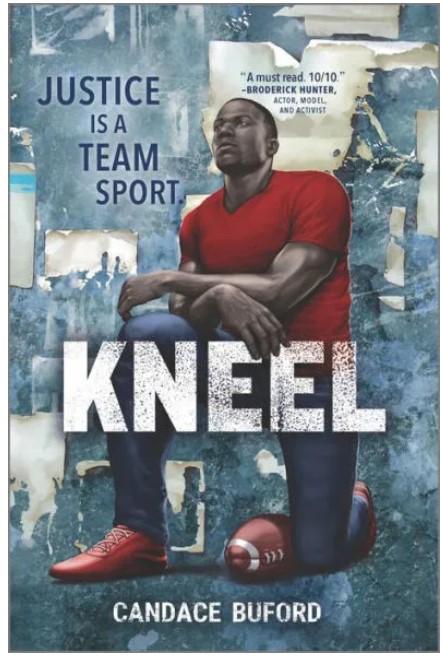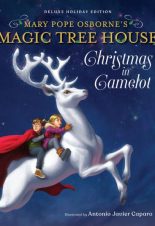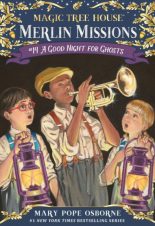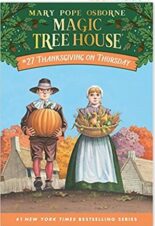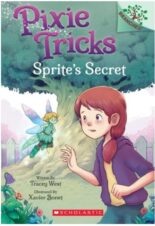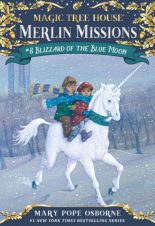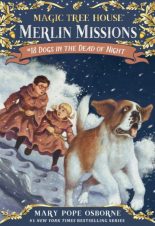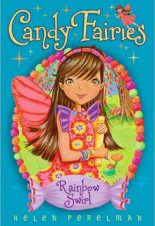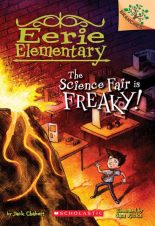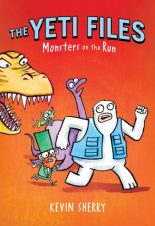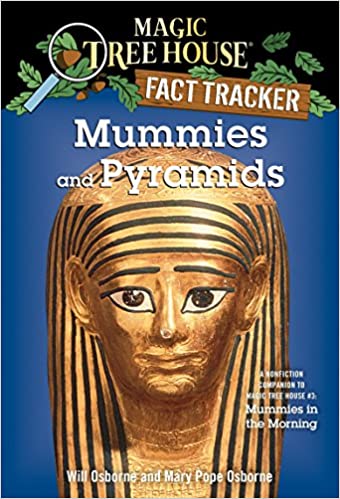
Buy This Book
“The mummies of Egypt have given us a great gift—the gift of knowledge. The writings, paintings, and treasures of the mummies’ tombs teach us how the ancient Egyptians lived, how they worked, and how they played.” –Mummies and Pyramids
Mummies and Pyramids
Magic Tree House Fact Tracker #3
by Mary Pope Osborne
AR Test
7+
Score
4.9
128
When Jack and Annie got back from their adventure in Magic Tree House #3: Mummies in the Morning, they had lots of questions. Why did people make mummies? What was the mysterious writing on mummy cases? How did most ancient Egyptians spend their days? How were the pyramids built? Find out the answers to these questions and more as Jack and Annie track the facts.
Filled with up-to-date information, photos, illustrations, and fun tidbits from Jack and Annie, Magic Tree House Fact Trackers are the perfect way for kids to find out more about the topics they discover in their favorite Magic Tree House adventures. Teachers can use Fact Trackers alongside their Magic Tree House fiction companions to meet common core text pairing needs. Mummies and Pyramids pairs with Magic Tree House #3: Mummies in the Morning.
Mummies and Pyramids is broken into small sections. Almost every page has a black-and-white illustration. Because readers may not be familiar with some of the vocabulary, unfamiliar words are explained in the book’s margins. Pictures of Jack and Annie are also scattered throughout the book.
Those interested in mummies should read Mummies and Pyramids. The easy-to-read text is packed full of interesting facts about mummies, pyramids, and Ancient Egyptians. Even though the book includes information about how mummies are made, the matter-of-fact tone and non-gory descriptions will put readers at ease. There is only one drawing of a body being mummified, but the person is mostly wrapped in linen. Because the book explains the Ancient Egyptians’ belief in the afterlife, parents may want to discuss their beliefs with their children.
Mummies and Pyramids is an engaging nonfiction book that brings Ancient Egypt alive. Readers who want to learn more should also read the nonfiction book The Curse of King Tut’s Mummy by Kathleen Weidner Zoehfel. To take a step back in time while learning more about Egypt, read Escape from Egypt by Wendy Mass and Secret of the Prince’s Tomb by Marianne Hering.
Sexual Content
- None
Violence
- Tomb robbers would steal from mummies. “Sometimes tomb robbers even burned the mummy to light the tomb while they worked. . . Ancient Egyptians thought tomb robbers were committing crimes against the gods. If they were caught, they were beaten and often put to death.”
Drugs and Alcohol
- Food and jugs of beer have been found in mummies’ tombs.
Language
- None
Supernatural
- While a body was being mummified, “the priest wrapped magic charms in the mummy’s linen strips. The Egyptians believed these charms would bring good luck and protect the person in the Next Life.”
- Before a mummy was laid in its tomb, there was a ceremony called The Opening of the Mouth. “Egyptians believed the Opening of the Mouth ceremony made it possible for the dead person to eat, drink, and speak in the Next Life.”
- To help a mummy make the journey to the Next Life, “mummies were buried with prayers, magic spells, and maps of the underworld.”
Spiritual Content
- Ancient Egyptians believed in many Gods and these beliefs are explored throughout the book. There is one chapter dedicated to the different Gods. Because of this, not every reference to the Gods is listed below.
- Egyptian rulers, called Pharaohs, “had total power over their people. . . Egyptians thought their pharaoh was more than a person. They worshipped him as a god.”
- Some of the Egyptian Gods “were like ordinary men and women. Some were like animals. Many were half-human and half-animal. The Egyptians believed the gods and goddesses watched over everything they did.”
- Egyptians created statues that were cared for by priests. The priest “washed and dressed them. They even served them meals. . . At home, they prayed to their own statues of their favorite gods and goddesses.”
- When taking a mummy to be buried, the “priest said prayers and recited magic spells.”
“The mummies of Egypt have given us a great gift—the gift of knowledge. The writings, paintings, and treasures of the mummies’ tombs teach us how the ancient Egyptians lived, how they worked, and how they played.” –Mummies and Pyramids
Latest Reviews

The Terror of the Southlands
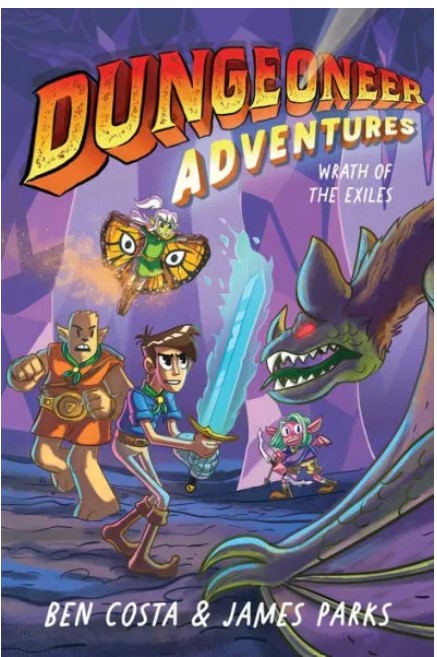
Wrath of the Exiles
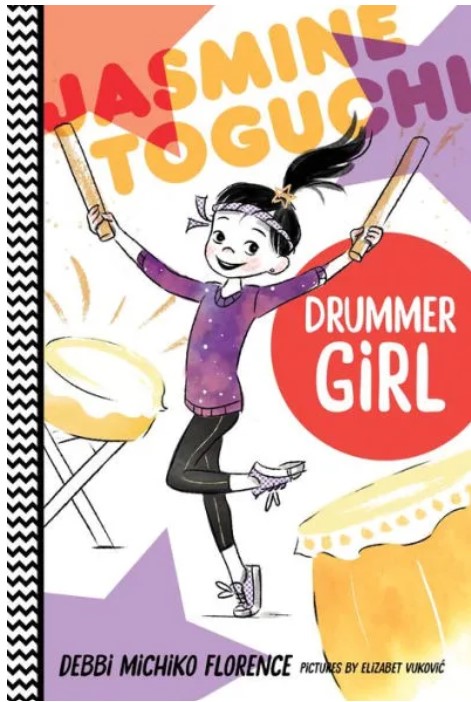
Jasmine Toguchi, Drummer Girl
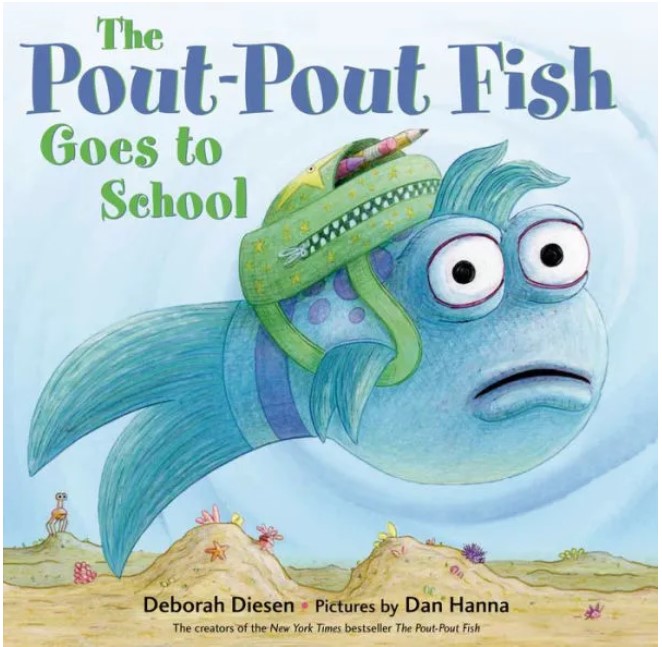
The Pout-Pout Fish Goes to School
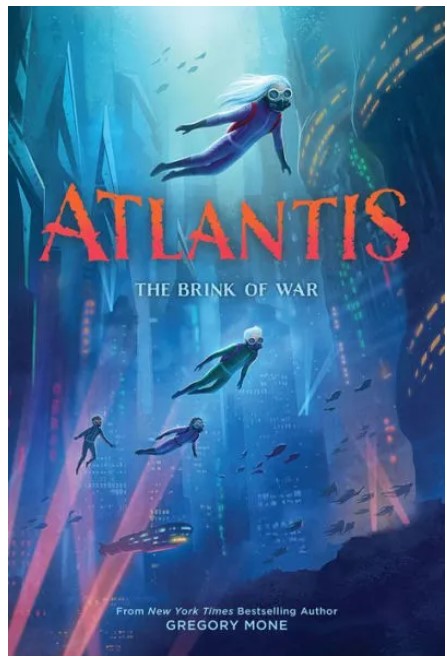
The Brink of War

Get Well, Crabby

The Pet Store Sprite
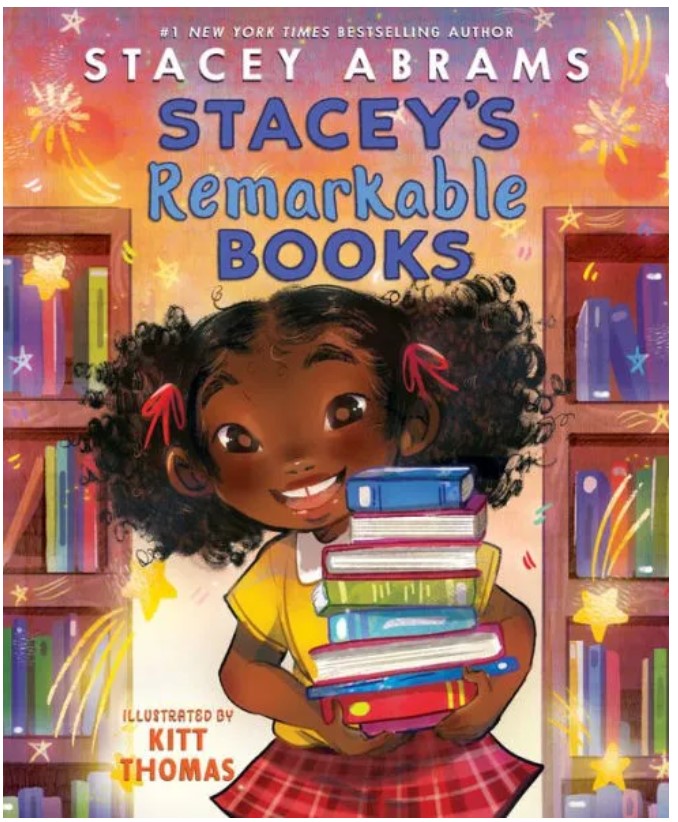
Stacey’s Remarkable Books
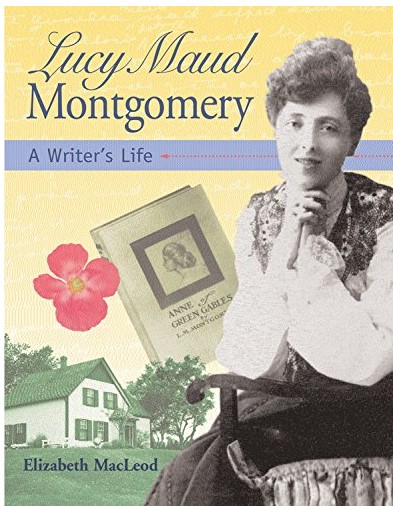
Lucy Maud Montgomery: A Writer’s Life
